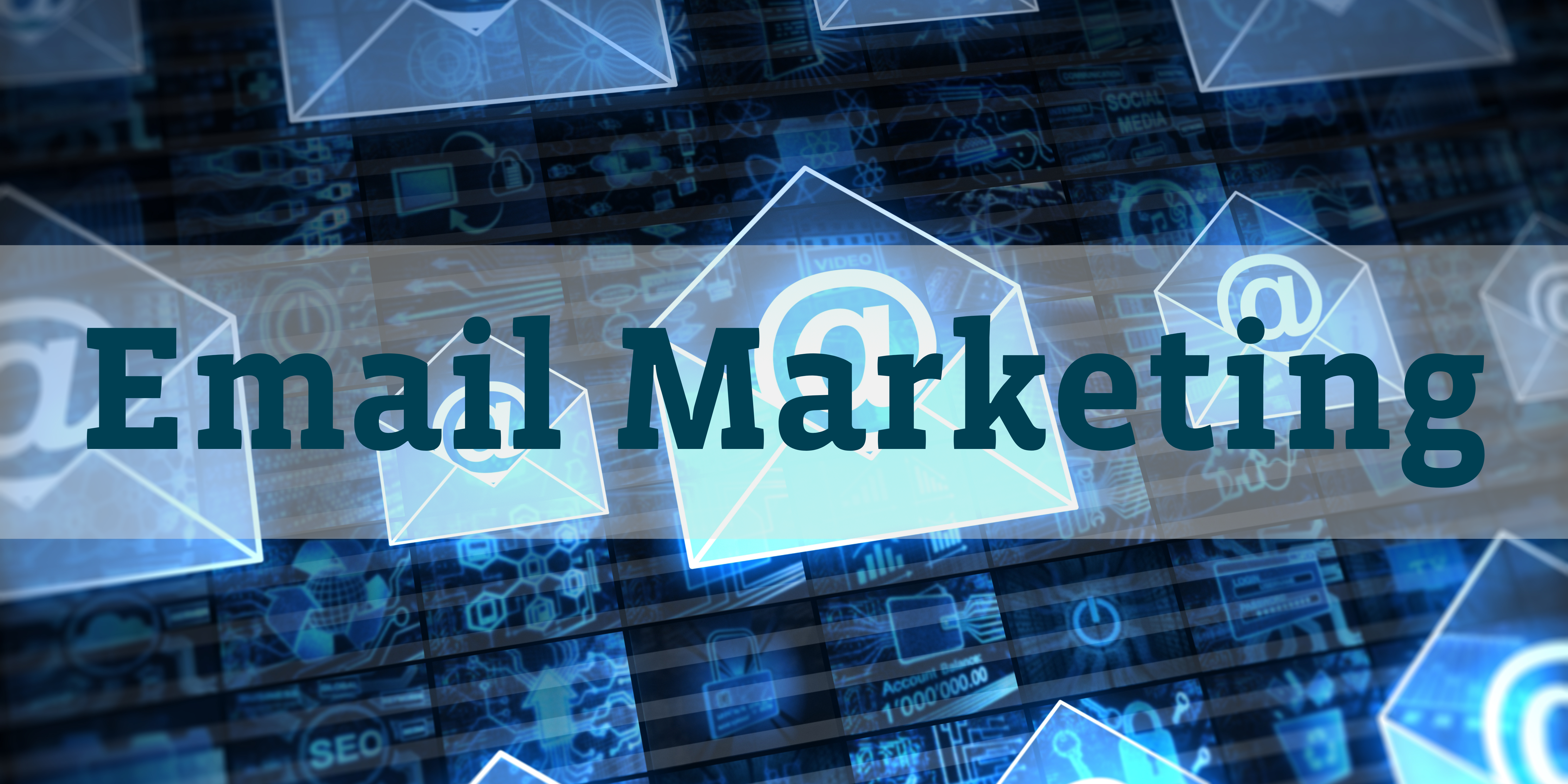
Email marketing might seem like an old dog in the digital world, but it’s got some of the best tricks up its sleeve. With a return on investment (ROI) of $42 for every dollar spent, it’s clear that email is far from obsolete. But how do you ensure your emails don’t end up in the dreaded spam folder or get ignored like yesterday’s news?
Our latest B&C blog dives into the essentials of creating successful and effective email marketing campaigns. Here are practical tips and stats that reveal what works and what doesn’t.
Start with a Stellar Subject Line
First impressions matter, and in the world of email, your subject line is your first impression. It’s the first thing your audience sees. Like the start of any conversation, first impressions can’t be undervalued. Subject lines, like first impressions, are what gets your message (or foot) in the door. It is likely to be the only chance your business or message is seen before hitting the trash or spam folder.
Tip: Keep it short and sweet. Subject lines with 6-10 words have the highest open rates. Personalized subject lines also increase open rates by 26%. Throw in the recipient’s name or something specific to them, and you’re golden.
Nail the Timing
Timing can make or break your email campaign. Send too early, and it’s buried under a mountain of overnight emails. Send too late, and it gets lost in the post-lunch slump.
Tip: According to studies, the best days to send emails are Tuesday and Thursday, with the optimal times being 10 AM and 2 PM. But don’t be afraid to experiment with your audience—testing is key.
Segment Your Audience
One-size-fits-all is a no-go in email marketing. Segmenting your audience can increase open rates by 14.31% and click-through rates by 100.95%.
Tip: Segment your list based on demographics, purchase history, email engagement, or any other data you have. Tailor your content to each segment’s interests and needs, and watch your engagement soar.
Craft Engaging Content
Your email’s content should be as engaging as a blockbuster movie. You’ve got their attention—now keep it.
Tip: Start with a strong, personalized greeting. Write in a conversational tone—imagine you’re chatting with a friend. Use clear, compelling language and include a mix of text, images, and even videos to keep things interesting. Aim for a clean, easy-to-read layout.
Include a Clear Call-to-Action (CTA)
Every email should have a purpose. Whether it’s driving traffic to your website, promoting a product, or encouraging sign-ups, your CTA should be crystal clear.
Tip: Use action-oriented language. Phrases like “Shop Now,” “Learn More,” or “Get Started” are direct and effective. Make sure your CTA stands out—use buttons or bold text to draw attention.
Mobile Optimization is Non-Negotiable
With 46% of all email opens occurring on mobile devices, ensuring your emails are mobile-friendly is crucial.
Tip: Use responsive design so your email looks great on any device. Keep your subject lines short (remember the 6-10 word rule), and make sure your images load quickly. Test your emails on multiple devices before hitting send.
Test, Analyze, and Optimize
Email marketing is all about continuous improvement. Testing different elements of your emails can provide valuable insights into what works best.
Tip: A/B testing (or split testing) is your best friend. Test different subject lines, CTAs, images, and send times to see what resonates most with your audience. Use the data from these tests to tweak and optimize your future campaigns.
Keep an Eye on the Metrics
Metrics are the backbone of your email marketing strategy. They tell you what’s working and what’s not. Listen to what your audience is trying to tell you about your email campaign… Collect their feedback and use it going forward!
Tip: Focus on key metrics like open rates, click-through rates, conversion rates, and unsubscribe rates. If your open rates are low, revisit your subject lines. If your click-through rates are lagging, look at your CTAs and content. Regularly reviewing these metrics helps you stay on top of your game.
Don’t Forget the Follow-Up
Follow-up emails can be incredibly effective. A simple reminder can nudge those who forgot to act the first time.
Tip: Set up automated follow-up emails for recipients who didn’t open your first email or didn’t complete an action. Personalize these follow-ups to remind them of what they’re missing out on.
Make Unsubscribing Easy
It might seem counterintuitive, but making it easy for subscribers to opt out is important. A painful unsubscribe process can damage your reputation and lead to spam complaints.
Tip: Include a clear unsubscribe link in every email. Use this opportunity to ask for feedback—why are they leaving? This can provide valuable insights to improve your future campaigns.
Conclusion
Email marketing, when done right, is a powerful tool in your marketing arsenal. By crafting compelling subject lines, segmenting your audience, optimizing for mobile, and continually testing and refining your approach, you can create campaigns that not only capture attention but also drive meaningful engagement and conversions. Remember, the key is to stay flexible, keep experimenting, and always listen to what the data is telling you.
Our role isn’t just to provide great insight about marketing, branding and advertising; Barker & Christol has a history of turning great ideas into even better ideas; translating concepts to success stories for countless businesses we’ve partnered with. Visit us at www.barker-christol.com to take a look at some of our past work and start a conversation about what we can do for you!